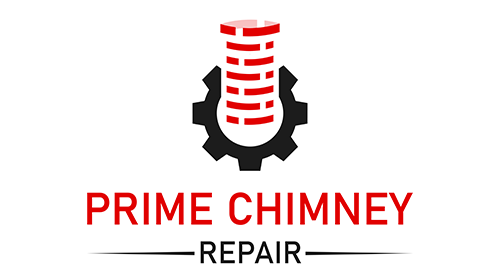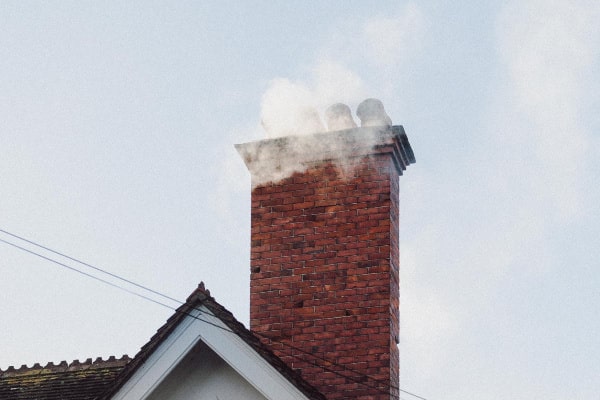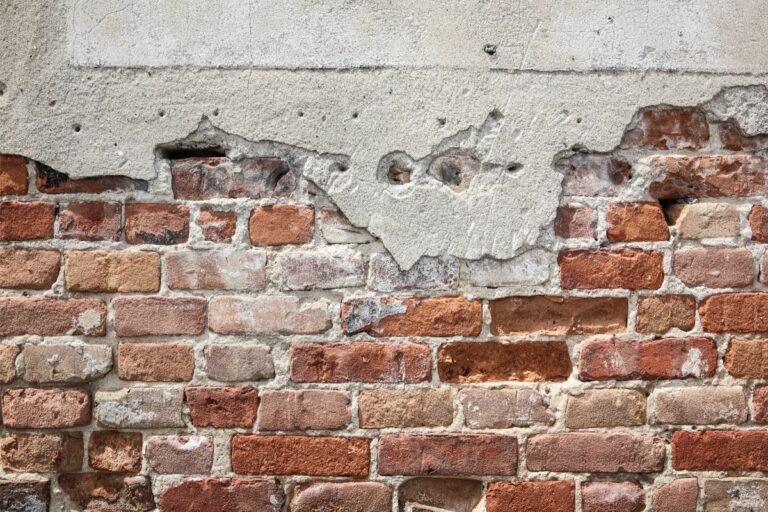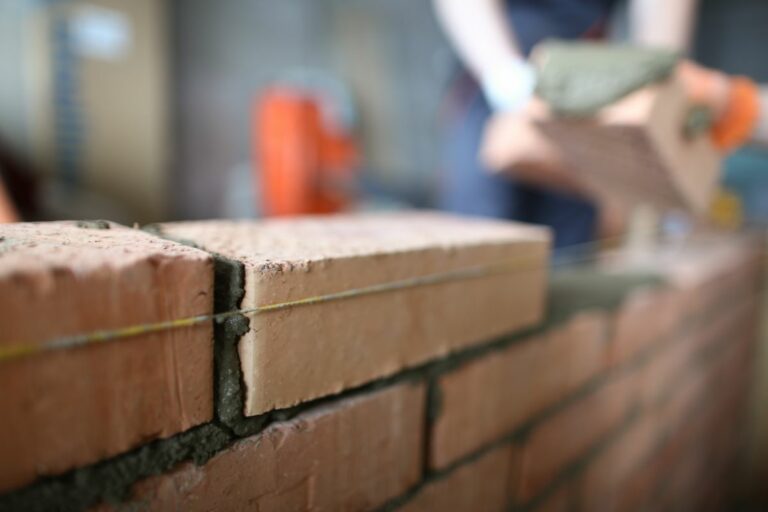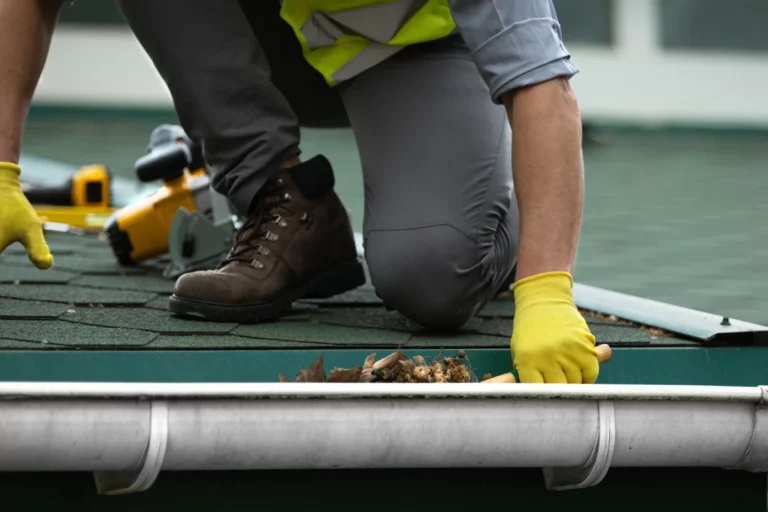Finding the problem in your chimney might not be as easy as you think. For starters, if you don’t know the location of the chimney, it can be hard to find. You may have lost track of where it is or even forgotten that there was one at all! And then, when you do find it, how will you know what to look for? You could check whether water is pouring down from the roof and running along with soot on its surface. But if this doesn’t happen often enough or isn’t happening now, how would you know? You could also try looking up into your chimney with a flashlight and see if there are any cracks in the mortar between bricks.
But once again, if there are too many bricks to count this could be difficult. And even if it is easy for you, how would your neighbor know where the problem lies in his chimney? There are a few things that might help you find out what’s wrong with your chimney – whether it’s just dirty or something more serious! First of all, check down into the fireplace itself and see what state the inside looks like.
If everything is well-kept then there may not be much of an issue at all. Additionally, try looking up through the top opening of your chimney when smoke billows out during use by lighting a fire in your home’s hearth. The color of the soot coming from above and the speed and intensity of its flow will give you an idea about how clean or dirty your chimney is.
Inspect your chimney
Chimney inspections are necessary to ensure that your chimneys are in good working order. A well-maintained fireplace is an essential part of any home, but if you don’t take care of it properly, there can be serious consequences both for the fireplace itself and for the rest of your property. A thorough inspection by a qualified professional will make sure everything is in perfect condition and ready to use when needed. Your chimney is the part of your fireplace that lets you get rid of smoke, so it’s very important to keep everything in good order.
Chimneys usually live for a long time, but they can develop problems over time if not properly taken care of. First and foremost among these issues are cracks or other damage which allow poisonous gas from inside your home to escape into the outside air where someone could breathe them in causing serious illness.
If this happened with no one around to notice it would be potentially deadly as well as damaging for those who were exposed to something like carbon monoxide poisoning which has been described as “the silent killer” because its symptoms often go unnoticed until irreversible harm has already occurred making prevention so important. In addition to gas leaks, a chimney can also develop cracks or other damage from being exposed to extreme heat and flames which could cause the whole structure of the fireplace itself to become damaged as well.
Check for loose or missing mortar joints
Loose or missing mortar joints can be an expensive problem for homeowners. This is because as the mortar joint erodes, water and moisture will seep into your home. This leads to a variety of problems including mold, mildew, and rot. And this not only has implications on the structure of your house but also could lead to health hazards for you and your family members.
To prevent these problems from happening in the first place you must maintain a good level of awareness about anything related to loose or missing mortar joints so that it doesn’t get out of hand before you know what’s going on with them. The best way to do this is by periodically inspecting them during different seasons throughout the year so that if there is an issue you can quickly take care of it before the problem gets worse.
Check the flashing around the top of your chimney to see if it is in good condition and there are no gaps or cracks
The small cracks and gaps in the flashing around your chimney can have a big effect on how well it works. Not only does this allow water to seep into your home, but this is also a sign that the chimney is not properly insulated. This causes heat to escape from your house instead of being drawn up and out through the flue.
If you see these signs, then call a professional for an inspection as soon as possible. It’s worth paying for their expertise because they will be able to tell if there are any larger problems with your chimney – such as leaks or holes where birds may have nested- which could lead to major damage or even injury in some cases.
To make sure everything is working properly, you should also clean your chimney at least once every year. Chimneys that are used regularly may need to be cleaned more frequently than this – about twice per year is the average for most homes.
Look at the flue lining, which can be made from clay, metal, plastic, or masonry material
The flue lining is the part of a chimney that surrounds and protects the inner walls, or flues. The material it is made from varies depending on what type of building you might be living in. This can be clay, metal, plastic, or masonry material. Clay has been used for centuries as an inexpensive alternative to brick mortar because it’s quick-drying and easy to work with. It also doesn’t require any special tools for installation like cement mortar does so it is often seen outside of buildings where they don’t want to risk damaging their bricks by cutting them too deep into the wall.
Metal linings are typically installed in newer homes that use wood-burning fireplaces; these materials allow for better heat distribution than clay does. Plastic is created by heating petroleum or natural gas to high temperatures, the fumes are then collected and cooled into a thin plastic sheet. Plastic linings are often used on older brick fireplaces because they can be installed without cutting through bricks first, making it much easier for residents not familiar with masonry work.
Masonry materials like stone tiles should only be used in homes where wood-burning stoves are being utilized as their primary heat source; other flue lining options simply don’t stand up to the extreme temperatures that burning wood creates. Stone tile also needs regular maintenance to keep them looking nice if you’re going to use them long-term so anyone living in an area that has cold winters might want to think twice before installing these.
Make sure you have a cleanout door on your roof as well as one on the floor inside so you can inspect and repair damage
Having a clean-out door on your roof as well as one on the floor inside will help you inspect and repair the damage. The more ways you can get to the top of your house, the better. You’ll be able to check for leaks from up high, and then fix any problems that may arise below. This is also true of checking for termites or pest infestation in general – they’re most likely going to start from the ground level if they’re going to find a way in at all, so it’s important to have a thorough inspection with every possible angle covered. And while we’re talking about angles: don’t forget about attic ventilation!
Many people have their venting ducts right next to their living space because it’s simply aesthetically unpleasing to have a bunch of ugly vents in the middle of your pretty ceiling. But this is an awful place for ventilation and can lead to all kinds of problems. Make sure you get it moved up higher on the roof where it belongs – or better yet, replace metal ducts with a flexible insulated hose that will be much easier to work with when something goes wrong (like if there’s ever a fire).
Have an annual service done by a qualified professional who will check all these things firsthand
It’s important to maintain your car properly. Otherwise, you run the risk of breaking down or other problems that could be avoided if it were serviced by a qualified professional. Some things to look for when getting an annual service done are: tires, brake pads/shoes, belts, and hoses, spark plugs and wires, timing belt (belt-driven engines only), transmission fluid/filter change (if applicable), check engine light on? If so, have it checked out right away) and fluid levels in the cooling system.
The mechanic should also inspect all fluids under the hood including power steering fluid. They will also check electrical systems like battery life (should last at least 3 years without needing replacement). Some mechanics may even recommend services like fuel injection cleanings.
